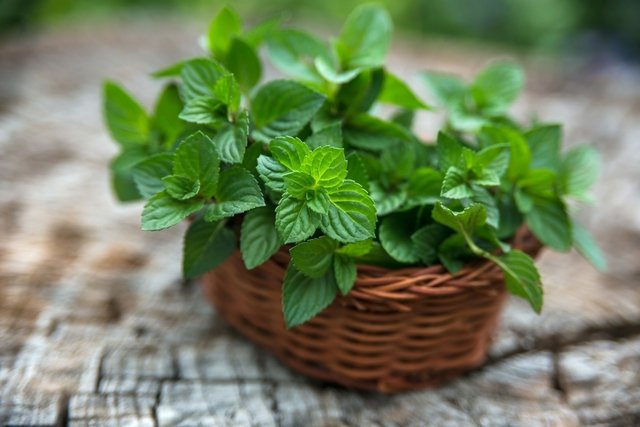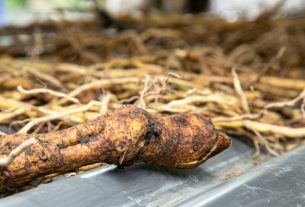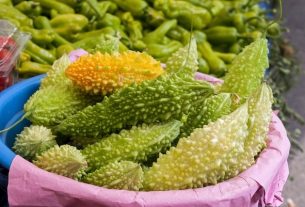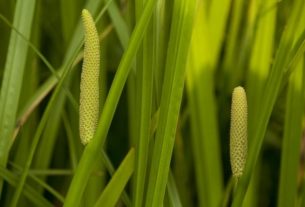Peppermint is a medicinal plant and aromatic herb that has antimicrobial, decongestant, anti-inflammatory, antioxidant and analgesic properties, and can be used to help treat stomach problems, muscle pain and inflammation, headache and nausea.
The scientific name for peppermint is Mentha piperita and can be purchased in natural product stores, compounding pharmacies and in some markets and street markets, and can be purchased in natural form or in the form of sachets to make teas or infusions, or in the form of capsules or essential oils.
Peppermint should be used in moderation, as excessive use can cause allergy reactions or even irritation of the stomach lining. Furthermore, Peppermint capsules and essential oils should only be used under medical advice.

What is it for
Peppermint can be used for some situations, such as:
1. Relieve symptoms of stomach problems
Peppermint helps to alleviate the symptoms of stomach problems, such as gastritis, poor digestion, nausea and vomiting, as it has anti-inflammatory, antiemetic and digestive properties that soothe the stomach.
2. Help treat skin problems
Peppermint can be used to treat skin problems, such as itching and hives, as it contains rosmarinic acid, a compound with anti-inflammatory and calming effects that helps to alleviate these conditions.
3. Combat excess gas
Peppermint helps to calm the intestines, which is why it can be used to reduce gas production and to help treat irritable bowel.
4. Relieve muscle pain
Peppermint also helps relieve muscle and nerve pain and inflammation, as it acts as an analgesic, thus helping in cases of muscle pain, nerve pain, pain caused by physical activity or in case of rheumatic pain.
5. Relieve headaches and migraines
This medicinal plant also helps to relieve headaches, especially headaches caused by tension or migraines, as it contains compounds with anti-inflammatory and relaxing effects.
6. Fight cold and flu symptoms
Peppermint has decongestant and bronchodilator properties, helping to clear the lungs, soothe throat irritation, reduce coughing and unclog the nose and, therefore, can be used to alleviate cold and flu symptoms.
7. Help with mouth problems
Peppermint helps to soothe, reduce pain and inflammation of mouth wounds due to its antiseptic properties. In this case, it is recommended to use peppermint leaves, which can be placed in boiled water to inhale, rinse and gargle.
8. Fight bad breath
Because it has a refreshing odor and flavor and antiseptic properties, peppermint helps eliminate bad breath, in which case it is recommended to consume mint tea or chew fresh leaves.
9. Helps to reduce inflammation
Peppermint can be applied in the form of an essential oil to the skin in the area where there has been a blow or inflammation, as it helps to calm, refresh and stimulate blood circulation, helping to reduce inflammation in the area.
10. Decrease menstrual pain
Peppermint, when consumed in the form of tea or concentrated extract, can help relieve severe menstrual pain, as it has natural anti-inflammatory substances.
11. Improve insomnia
Peppermint does not contain caffeine and is rich in compounds such as menthol and menthone, which have relaxing effects, helping to improve sleep and reduce nerves.
How to use peppermint
Peppermint can be used in the form of tea with fresh, dried or crushed leaves of the plant or in the form of tinctures, capsules with oil or dry extract of the plant or in the form of essential oils for the skin. See some tea recipes with this plant.
1. Peppermint tea
Ingredients
- 1 tablespoon of peppermint leaves;
- 150 mL of water.
Preparation mode
Place 150 mL of water in a pan and bring to a boil. Then remove from the heat and add the peppermint, cover and let it rest for 5 to 10 minutes. Then strain and drink.
2. Peppermint Capsules
Each capsule contains 187 mg of Mentha piperita, which is equivalent to 0.2 mL of essential oil, the dose may vary according to age:
- Adults: 1 to 2 peppermint capsules, up to 3 times a day;
- Children and adolescents aged 12 to 17: 1 peppermint capsule, up to 3 times a day, according to the pediatrician’s instructions;
- Children aged 8 to 11 years old: 1 capsule, up to 2 times a day, under the guidance of your pediatrician.
Peppermint capsules should not be used by children under 8 years of age. Peppermint capsules should be ingested whole, that is, without breaking or chewing, as this could release the peppermint essential oil prematurely and cause irritation in the mouth and esophagus.
3. Peppermint essential oil
Peppermint essential oil can be used in the following ways:
- Massages and baths: Add 5 to 6 drops of essential oil to a carrier oil, such as almond or coconut oil, and gently massage into the skin. It can also be added to bath water for an invigorating bath;
- Compresses: To relieve muscle pain, headache or nasal congestion, you can moisten a compress with warm water, add a few drops of essential oil and apply the compress directly to the affected area.
- Steam inhalations: Place a few drops of the essential oil in a pan with hot water and inhale for a few seconds, this can be done several times a day.
You can also use peppermint essential oil in vaporizers and diffusers, adding a few drops of the oil to room diffusers.
It is important to take into account that peppermint essential oil must be diluted before applying it to the skin and avoid direct contact with the eyes and sensitive areas.
Possible side effects
The side effects of peppermint are related to excessive consumption of this plant, and may include skin allergy reactions such as itching, burning, redness or hives, irritation of the stomach mucous membranes, such as stomach pain, nausea, vomiting, heartburn, sensation bloated belly or poor digestion.
When it is not indicated
Peppermint in the form of oil or capsules is contraindicated in pregnancy and breastfeeding, as it can pass into breast milk, altering the smell and taste of the milk, harming breastfeeding.
Additionally, peppermint oil or tincture should not be used on babies and children under 5 years of age, especially on the neck or back of the head, as it may be too strong for the child.

Sign up for our newsletter and stay up to date with exclusive news
that can transform your routine!
Warning: Undefined array key "title" in /home/storelat/public_html/wp-content/plugins/link-whisper-premium/templates/frontend/related-posts.php on line 12
Warning: Undefined array key "title_tag" in /home/storelat/public_html/wp-content/plugins/link-whisper-premium/templates/frontend/related-posts.php on line 13




